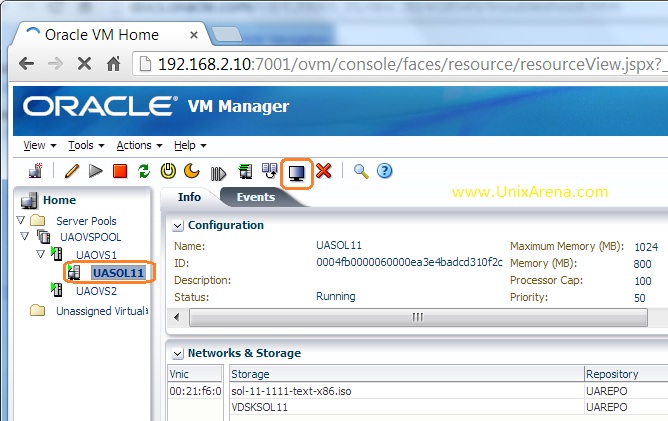

You may also like to take a look at our frequently asked questions list. If, however, you would like to take a look at it without having to install the whole thing, you also access it here: The VirtualBox User Manual is included in the VirtualBox packages above. VirtualBox 7.0.8 Software Developer Kit (SDK)

Please install the same version extension pack as your installed version of VirtualBox. The Extension Pack binaries are released under the VirtualBox Personal Use and Evaluation License (PUEL). See this chapter from the User Manual for an introduction to this Extension Pack. Support VirtualBox RDP, disk encryption, NVMe and PXE boot for Intel cards. VirtualBox 7.0.8 Oracle VM VirtualBox Extension Pack Note: After upgrading VirtualBox it is recommended to upgrade the guest additions as well. The SHA256 checksums should be favored as the MD5 algorithm must be treated as insecure!

You might want to compare the checksums to verify the integrity of downloaded packages. The binaries are released under the terms of the GPL version 3.

If you're looking for the latest VirtualBox 6.1 packages, see VirtualBox 6.1 builds. If you need to run a server on it, think about implementing option three.Here you will find links to VirtualBox binaries and its source code.īy downloading, you agree to the terms and conditions of the respective license. If that's impossible, I'd go for option two, if you're able to monitor the VM any time it's running. If it'd be me, I'd do anything to avoid using XP altogether (use compatibility mode, etc.). How to set this up is beyond the scope of this question (and probably even beyond the scope of SuperUser). This way you can control ALL traffic in and out of the VM and even scan it real-time for suspicious activity. You can configure the firewall on the host to allow packets from the VM to the local network, but not to the internet (and vice versa).Īn even more advanced approach would be to have the VM in a seperate network/VLAN and set up a seperate firewall and IDS/IDP appliance/VM. If a host on the internet would connect to the machine, it wouldn't be able to send a reply, greatly decreasing the attack surface.Ī more robust approach would be to set up a firewall on the host machine. Without a gateway, the machine doesn't know where packets destined outside the LAN will need to go, so it won't be able to connect to the internet. The naive approach would be to not configure a gateway on the virtual machine. However, it can be arranged through other means: This is not a feature Oracle VM VirtualBox provides.


 0 kommentar(er)
0 kommentar(er)
